360ci T-Head 16-Valve 4-Cylinder Engine Single Stromberg Carburetor 83bhp 3-Speed Manual Transaxle Front and Rear Leaf Spring Suspension Rear Drum Brakes *An iconic early American sports car *Original and genuine Bearcat *Meticulous restoration by Tom Bachelor *A proven tour car *Desirable dual-valve engine The Stutz Bearcat In the world of antique cars, few names resonate like the Stutz Bearcat. Images of young gentlemen in raccoon coats racing around the countryside with perhaps a college pennant attached to the car often come to mind, and for the era, there were few cars as sought after and mythical in stature. The Stutz Company and the Bearcat model were made famous from day one. Soon after completion, Harry C. Stutz sent the prototype Bearcat racer to compete in the 1911 inaugural Indianapolis 500 race, where the untested car did remarkably well, finishing the race and beating many established brands, earning the Stutz the slogan "The Car That Made Good In A Day". First offered to the public in 1912, the Bearcat was essentially a road-worthy version of the highly successful Stutz racers that followed the original Indy car. A radically designed sports car through and through, the Bearcat featured a 'monocle' round glass windscreen - only for the driver - bucket seats and no convertible top. Like the Stutz racing cars, the Bearcat was constructed around an underslung chassis, ensuring a lower center of gravity and good handling characteristics in addition to its lightweight design. Initially powered by a Wisconsin T-head engine, this was eventually replaced by a Stutz-built, sixteen-valve, four-cylinder unit that drew heavily on Stutz's racing experience. The Stutz "White Squadron" racers were powered by a similar engine, featuring four valves per cylinder; the potential increase in performance over a traditional two-valve motor was made clear. The new, more advanced motor demanded an improved car. Stutz responded with a heavier chassis to cope with the power as well as attractive modern coachwork. Still built on a short and light 120" chassis, the new model would move the center of gravity even lower by placing the tank down low in the rear, with a rear deck fitted to hold a couple of raked spares in racing fashion. This redesign produced a menacing looking machine, and would bestow upon the Bearcat its second golden era. Challenged only by its fierce rival, the Mercer Raceabout, the Bearcat represented the ultimate in American sporting cars of the time. The Motorcar Offered The opportunity to acquire a genuine and original example Bearcat very rare indeed, especially as many were driven hard in their day and often times written off by over-enthusiastic owners. The exceptional Bearcat offered here was for many years owned by Stutz enthusiast "Val" Valentine of Vermont, in whose collection it shared space with a Mercedes S-Type, Mercedes 540K, as well as another 1922 Stutz Bearcat. A keen enthusiast of the dual-valve Stutz cars, Val was a great contributor to the book The Splendid Stutz published by the Stutz Club. Val located this car in Michigan, and purchased it because of its completeness and authenticity. While its body was in need of repairs to metal and woodwork, its original light-gauge short Stutz Bearcat frame was complete, original, and unmodified. Soon after purchase, the Bearcat was treated to a nearly two-decade long restoration by noted restorer Tom Bachelor, who incidentally is today the owner of the 1922 Bearcat this car once shared a garage with. Restored to a very high standard, the Bearcat was lacquer-painted and shows very well still today; even the smallest details are correct, down to the authentic style "Spanish grain" leather as specified by Stutz for these models. Since restoration, the car has participated in a number of antique car tours where it has proved itself a top performer. The current owner, an experienced antique car enthusiast, has kept the car in top condition and used it often to keep
360ci T-Head 16-Valve 4-Cylinder Engine Single Stromberg Carburetor 83bhp 3-Speed Manual Transaxle Front and Rear Leaf Spring Suspension Rear Drum Brakes *An iconic early American sports car *Original and genuine Bearcat *Meticulous restoration by Tom Bachelor *A proven tour car *Desirable dual-valve engine The Stutz Bearcat In the world of antique cars, few names resonate like the Stutz Bearcat. Images of young gentlemen in raccoon coats racing around the countryside with perhaps a college pennant attached to the car often come to mind, and for the era, there were few cars as sought after and mythical in stature. The Stutz Company and the Bearcat model were made famous from day one. Soon after completion, Harry C. Stutz sent the prototype Bearcat racer to compete in the 1911 inaugural Indianapolis 500 race, where the untested car did remarkably well, finishing the race and beating many established brands, earning the Stutz the slogan "The Car That Made Good In A Day". First offered to the public in 1912, the Bearcat was essentially a road-worthy version of the highly successful Stutz racers that followed the original Indy car. A radically designed sports car through and through, the Bearcat featured a 'monocle' round glass windscreen - only for the driver - bucket seats and no convertible top. Like the Stutz racing cars, the Bearcat was constructed around an underslung chassis, ensuring a lower center of gravity and good handling characteristics in addition to its lightweight design. Initially powered by a Wisconsin T-head engine, this was eventually replaced by a Stutz-built, sixteen-valve, four-cylinder unit that drew heavily on Stutz's racing experience. The Stutz "White Squadron" racers were powered by a similar engine, featuring four valves per cylinder; the potential increase in performance over a traditional two-valve motor was made clear. The new, more advanced motor demanded an improved car. Stutz responded with a heavier chassis to cope with the power as well as attractive modern coachwork. Still built on a short and light 120" chassis, the new model would move the center of gravity even lower by placing the tank down low in the rear, with a rear deck fitted to hold a couple of raked spares in racing fashion. This redesign produced a menacing looking machine, and would bestow upon the Bearcat its second golden era. Challenged only by its fierce rival, the Mercer Raceabout, the Bearcat represented the ultimate in American sporting cars of the time. The Motorcar Offered The opportunity to acquire a genuine and original example Bearcat very rare indeed, especially as many were driven hard in their day and often times written off by over-enthusiastic owners. The exceptional Bearcat offered here was for many years owned by Stutz enthusiast "Val" Valentine of Vermont, in whose collection it shared space with a Mercedes S-Type, Mercedes 540K, as well as another 1922 Stutz Bearcat. A keen enthusiast of the dual-valve Stutz cars, Val was a great contributor to the book The Splendid Stutz published by the Stutz Club. Val located this car in Michigan, and purchased it because of its completeness and authenticity. While its body was in need of repairs to metal and woodwork, its original light-gauge short Stutz Bearcat frame was complete, original, and unmodified. Soon after purchase, the Bearcat was treated to a nearly two-decade long restoration by noted restorer Tom Bachelor, who incidentally is today the owner of the 1922 Bearcat this car once shared a garage with. Restored to a very high standard, the Bearcat was lacquer-painted and shows very well still today; even the smallest details are correct, down to the authentic style "Spanish grain" leather as specified by Stutz for these models. Since restoration, the car has participated in a number of antique car tours where it has proved itself a top performer. The current owner, an experienced antique car enthusiast, has kept the car in top condition and used it often to keep
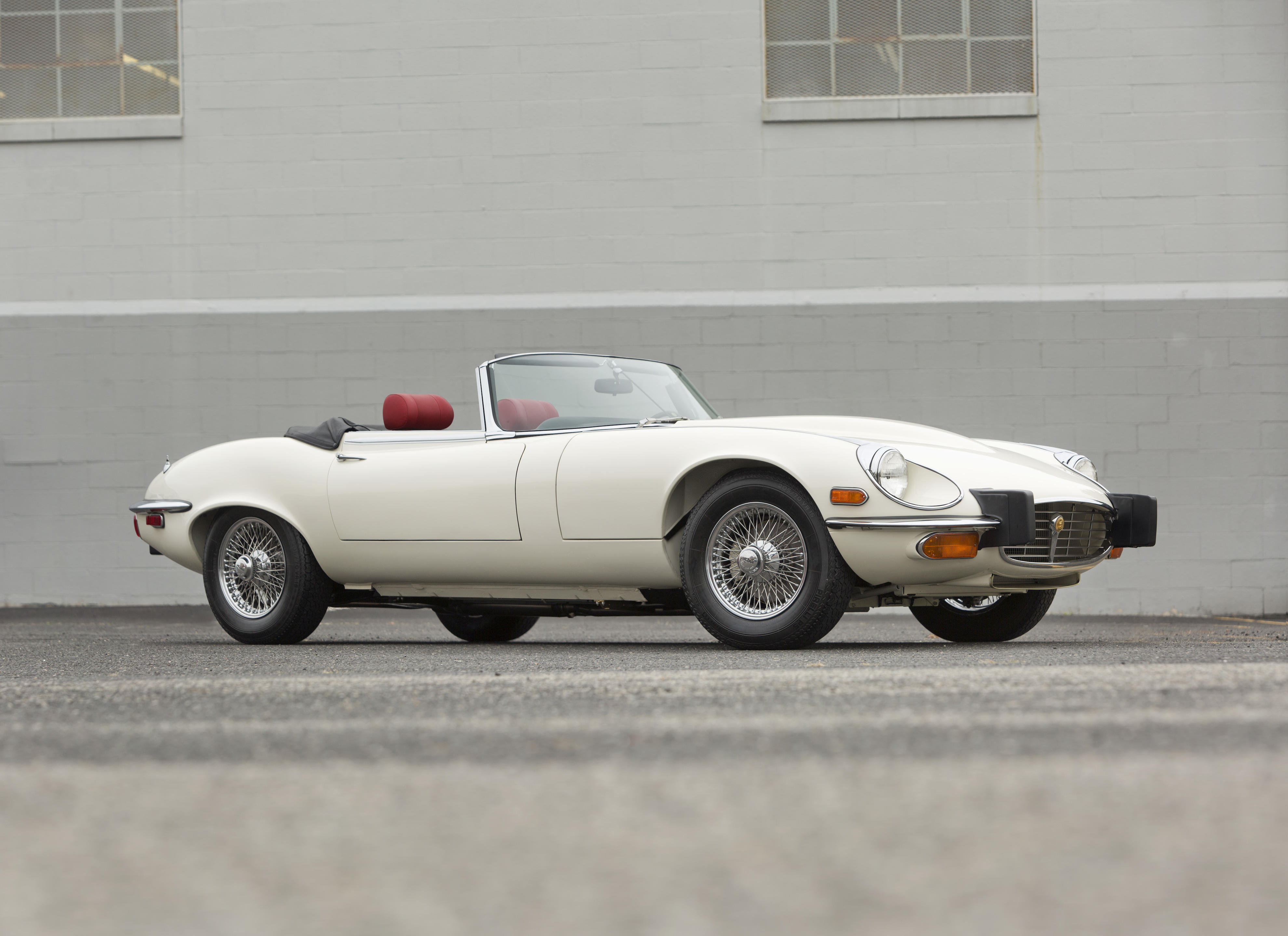
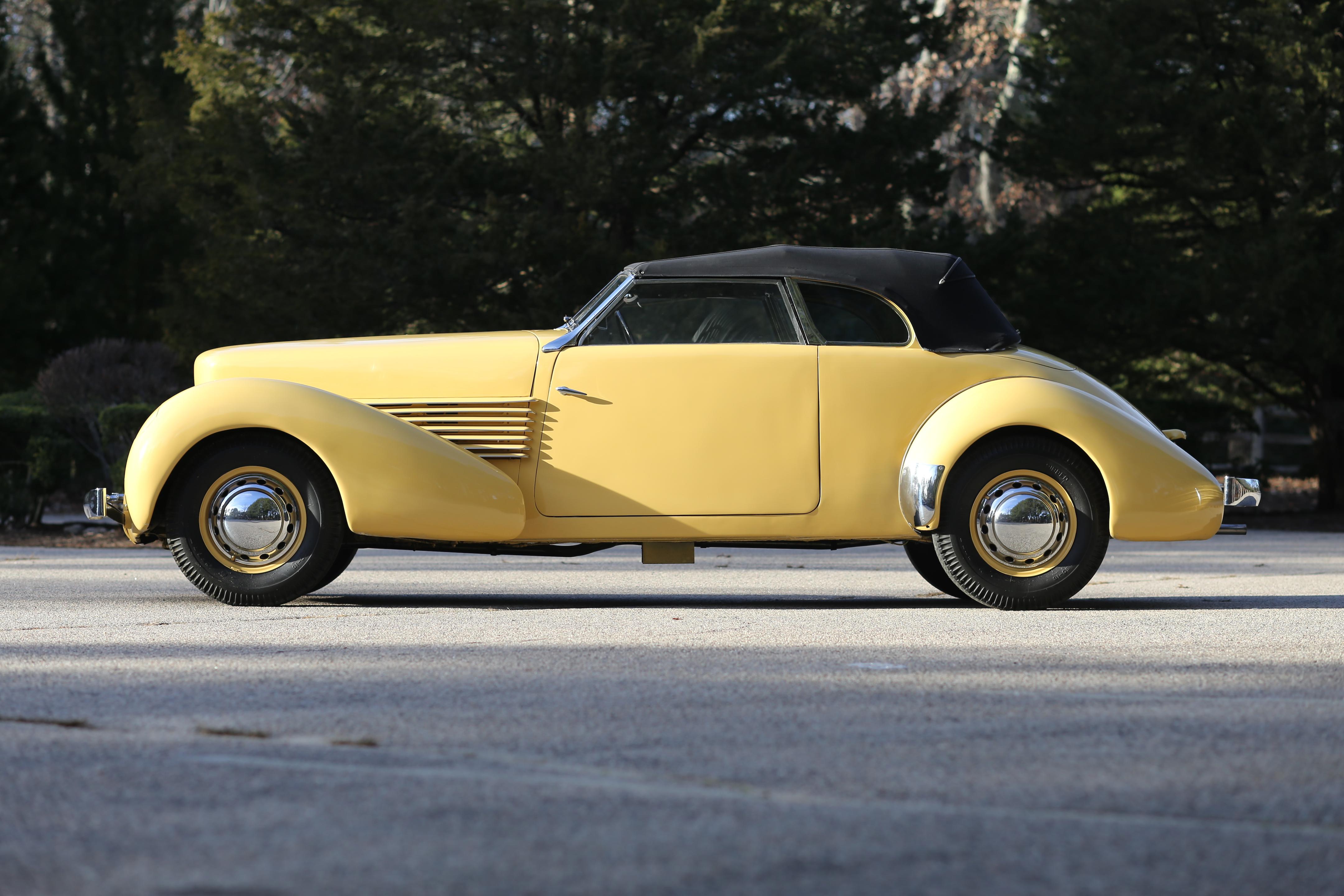

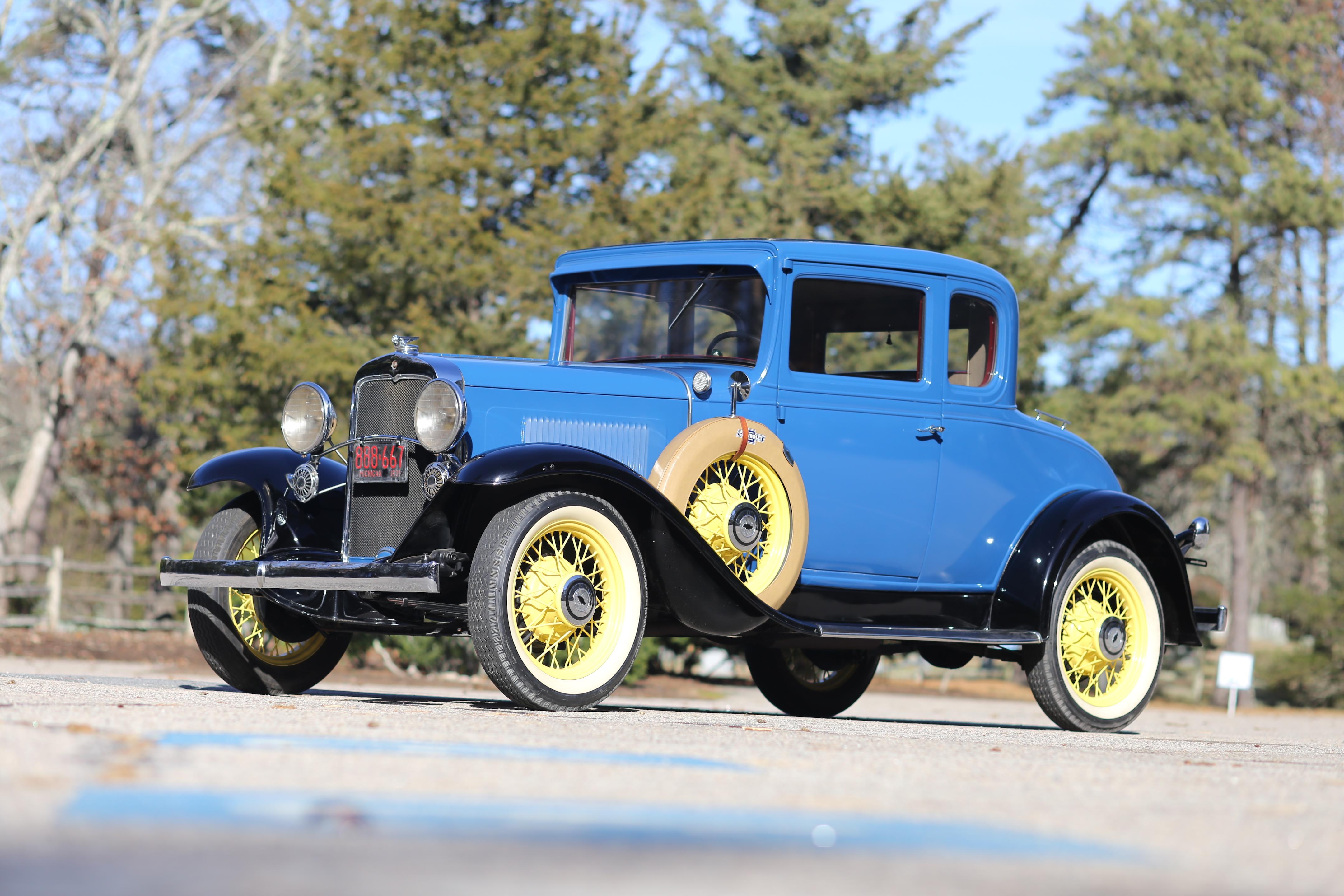
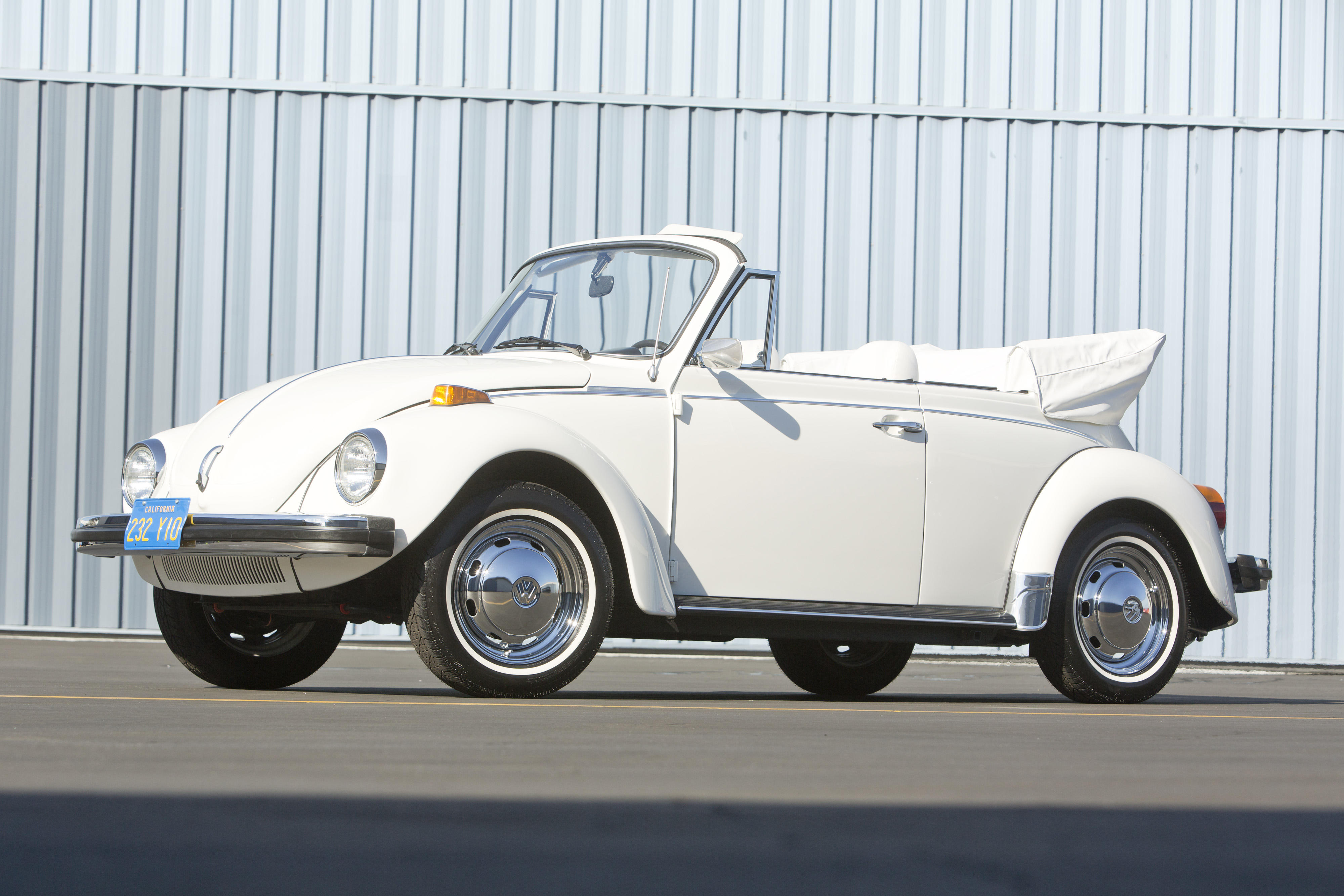
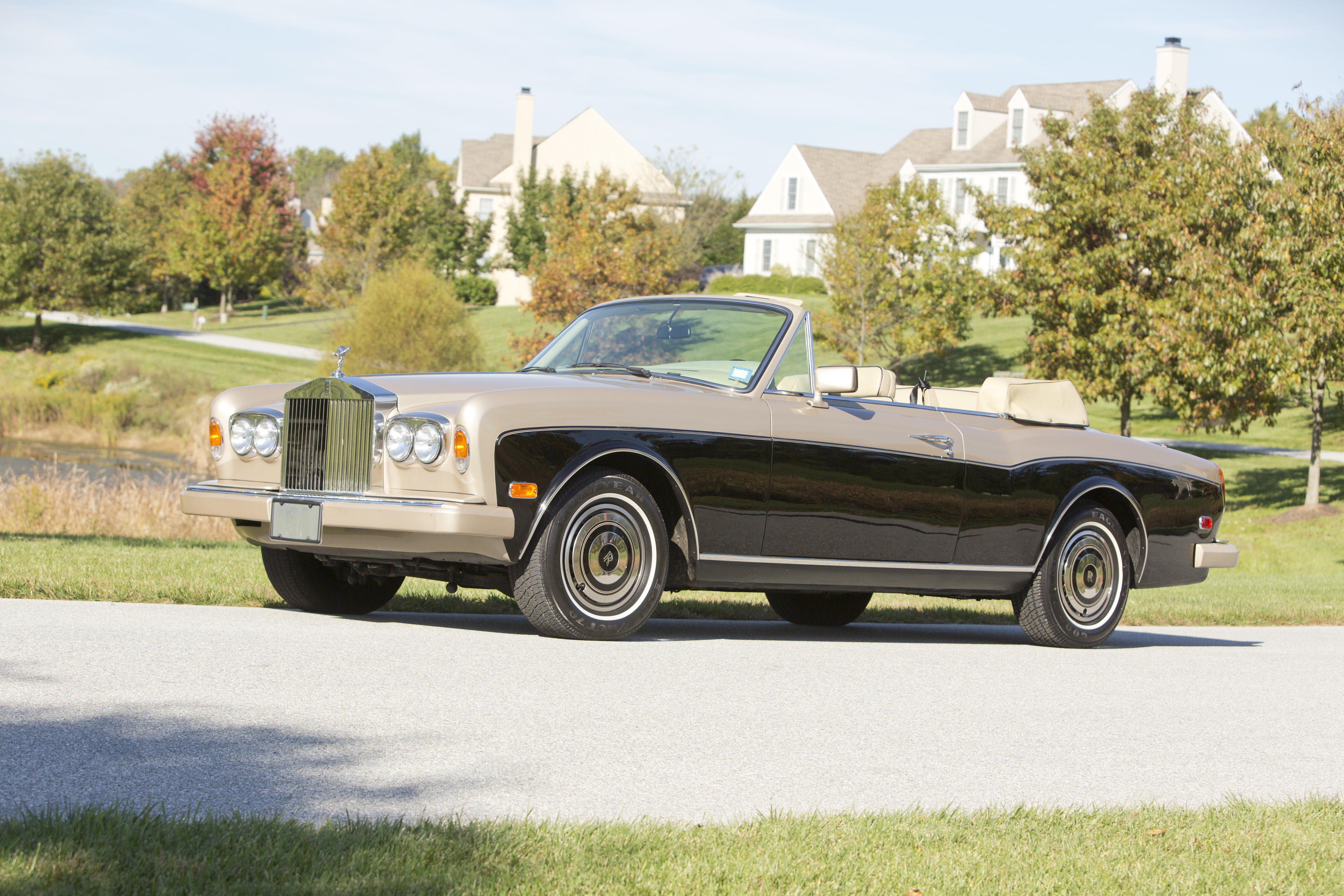
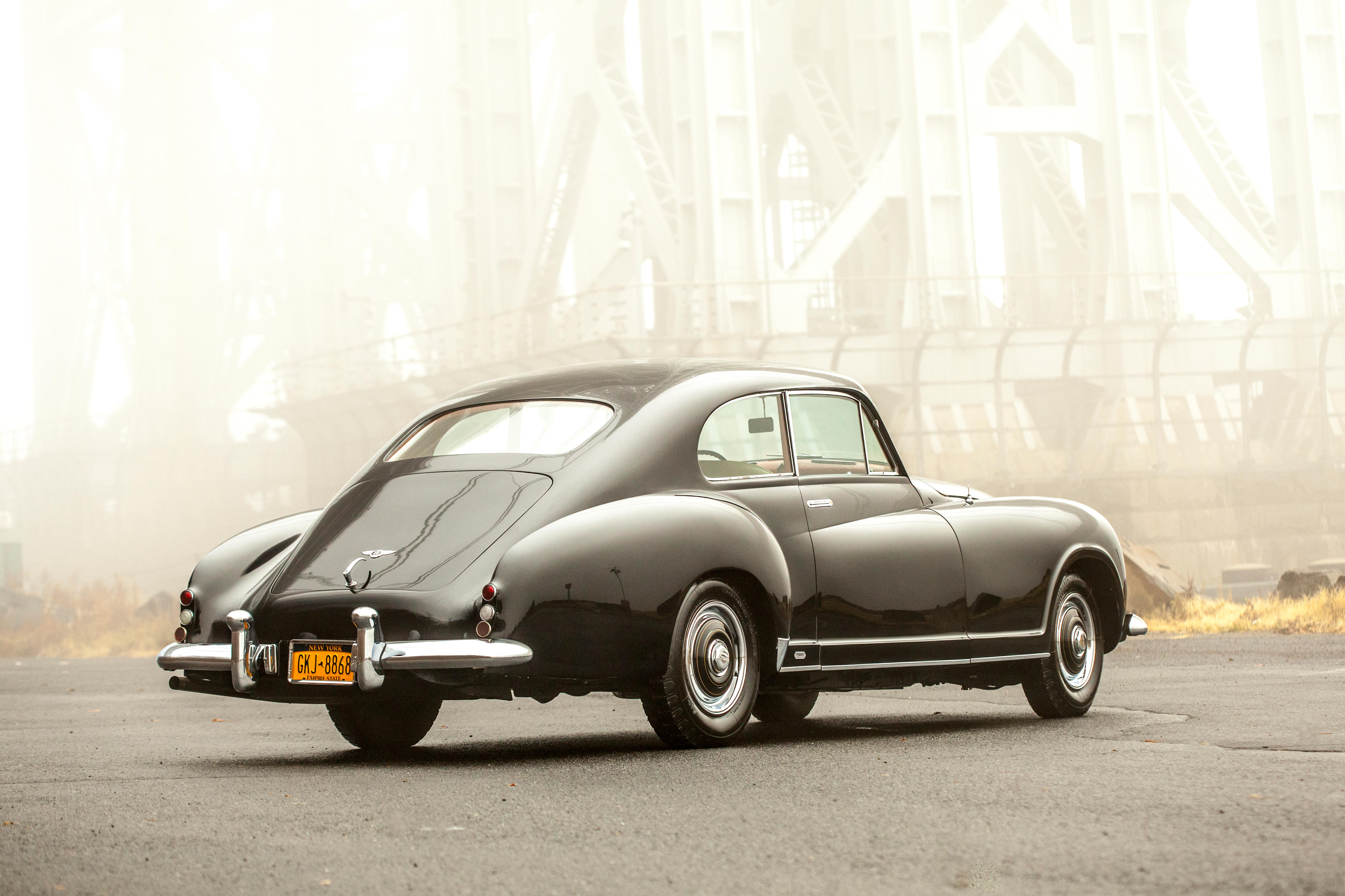
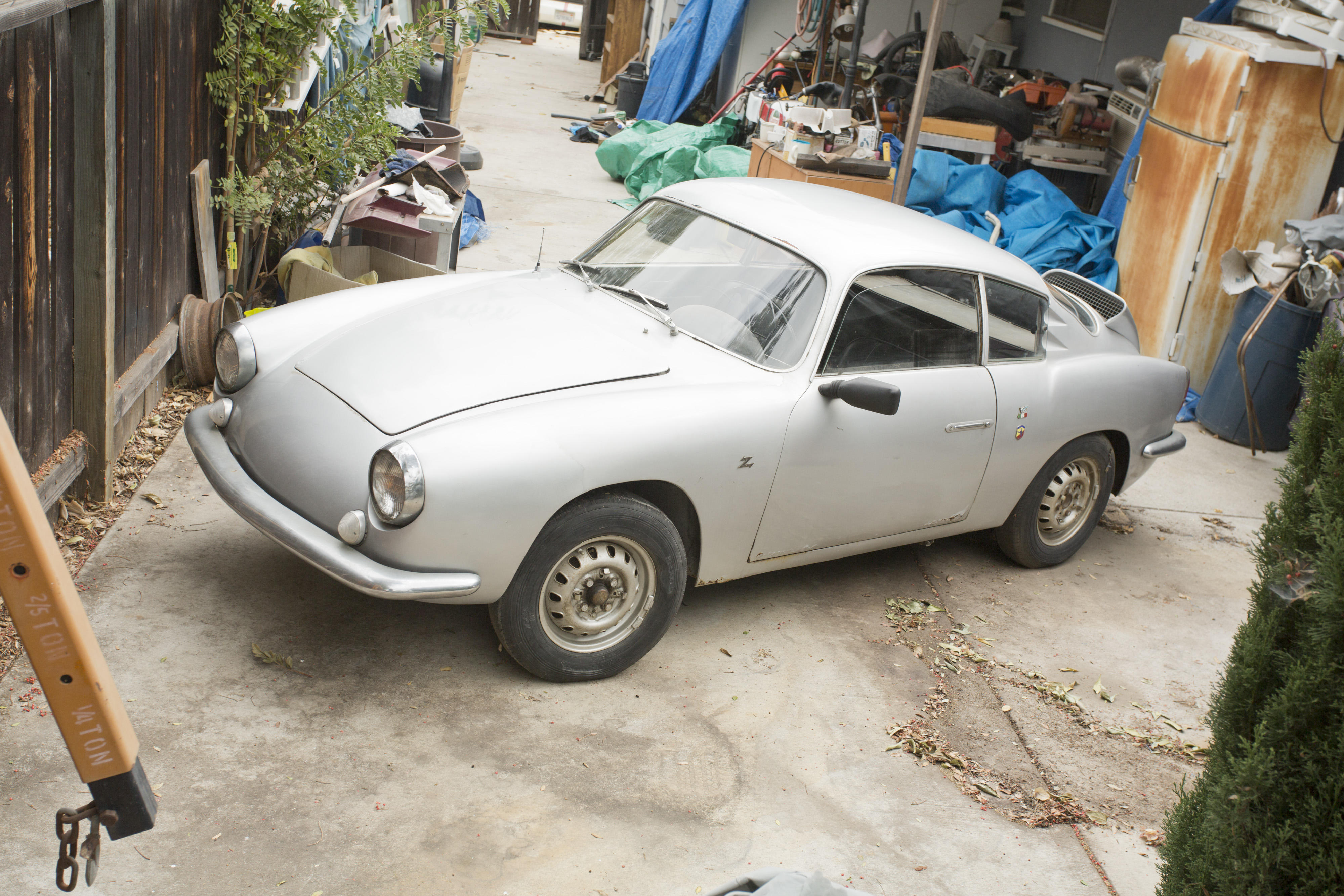

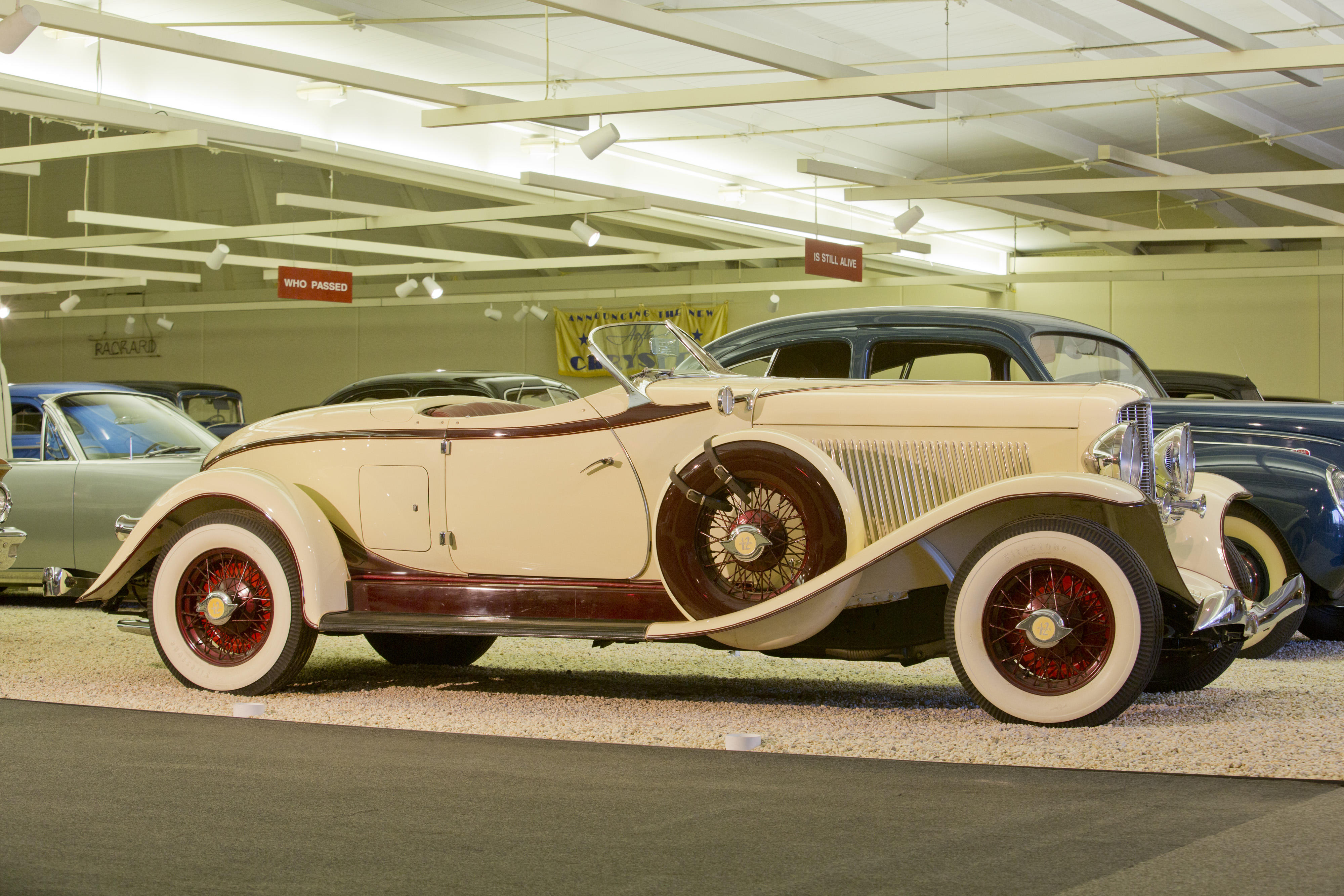
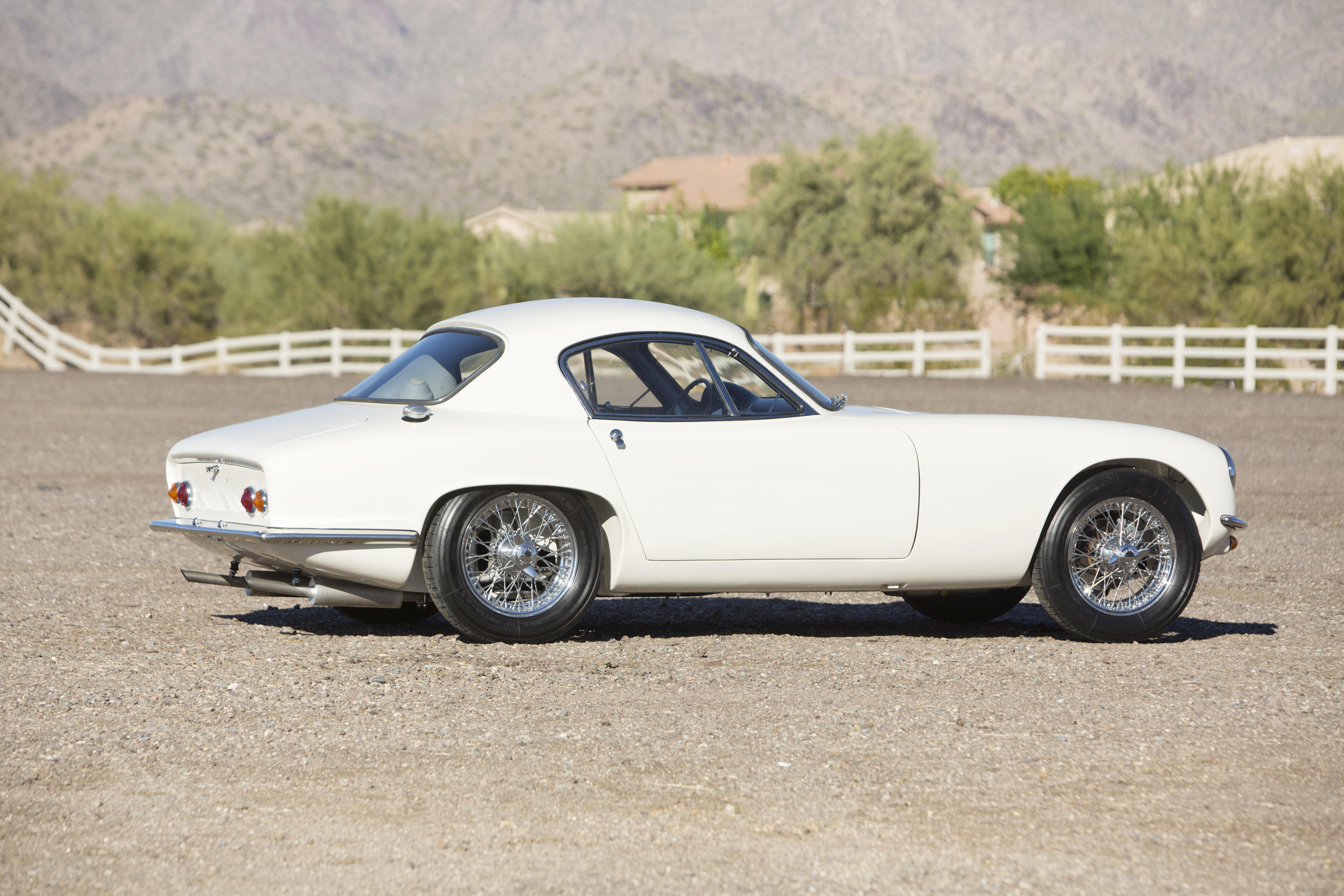
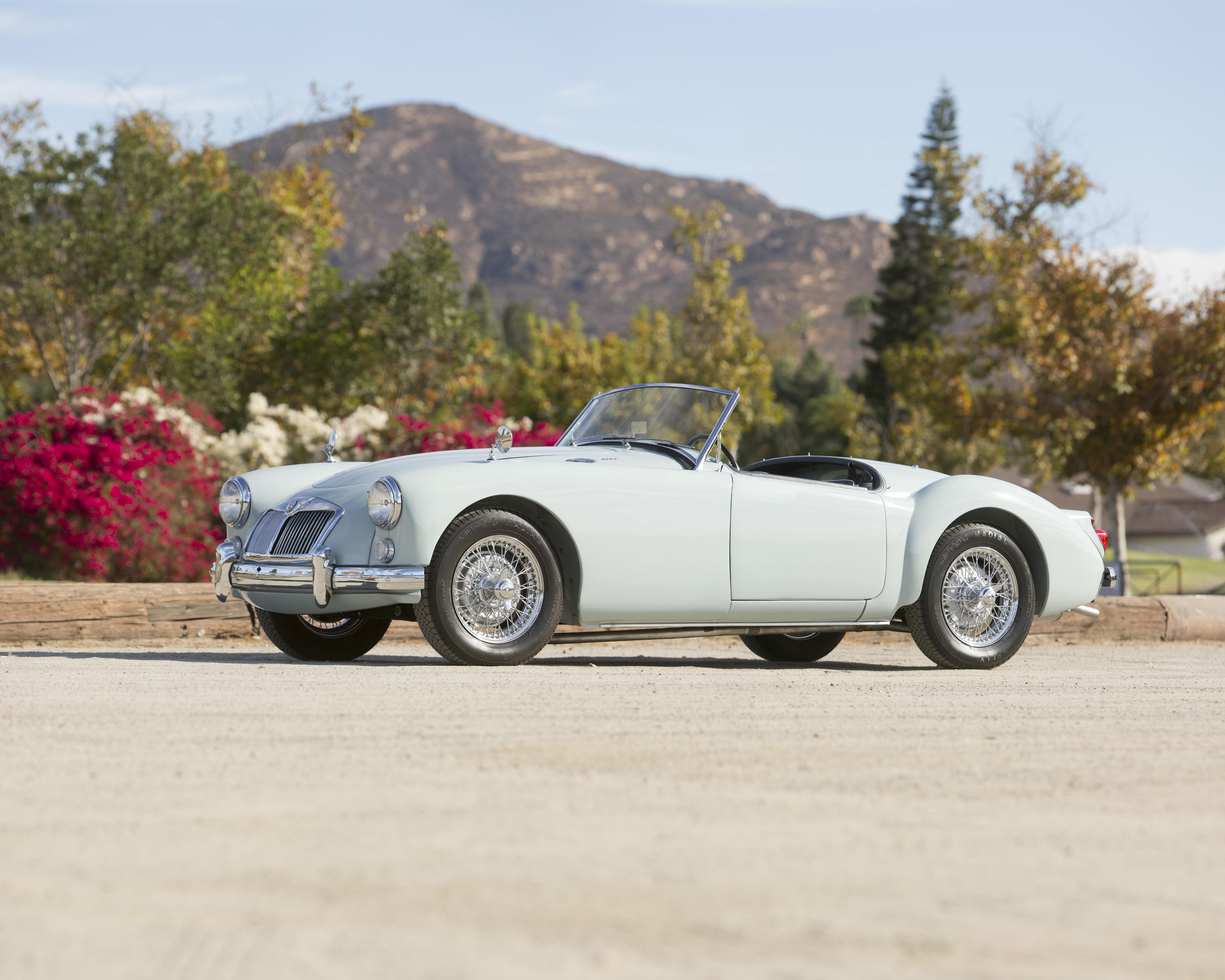
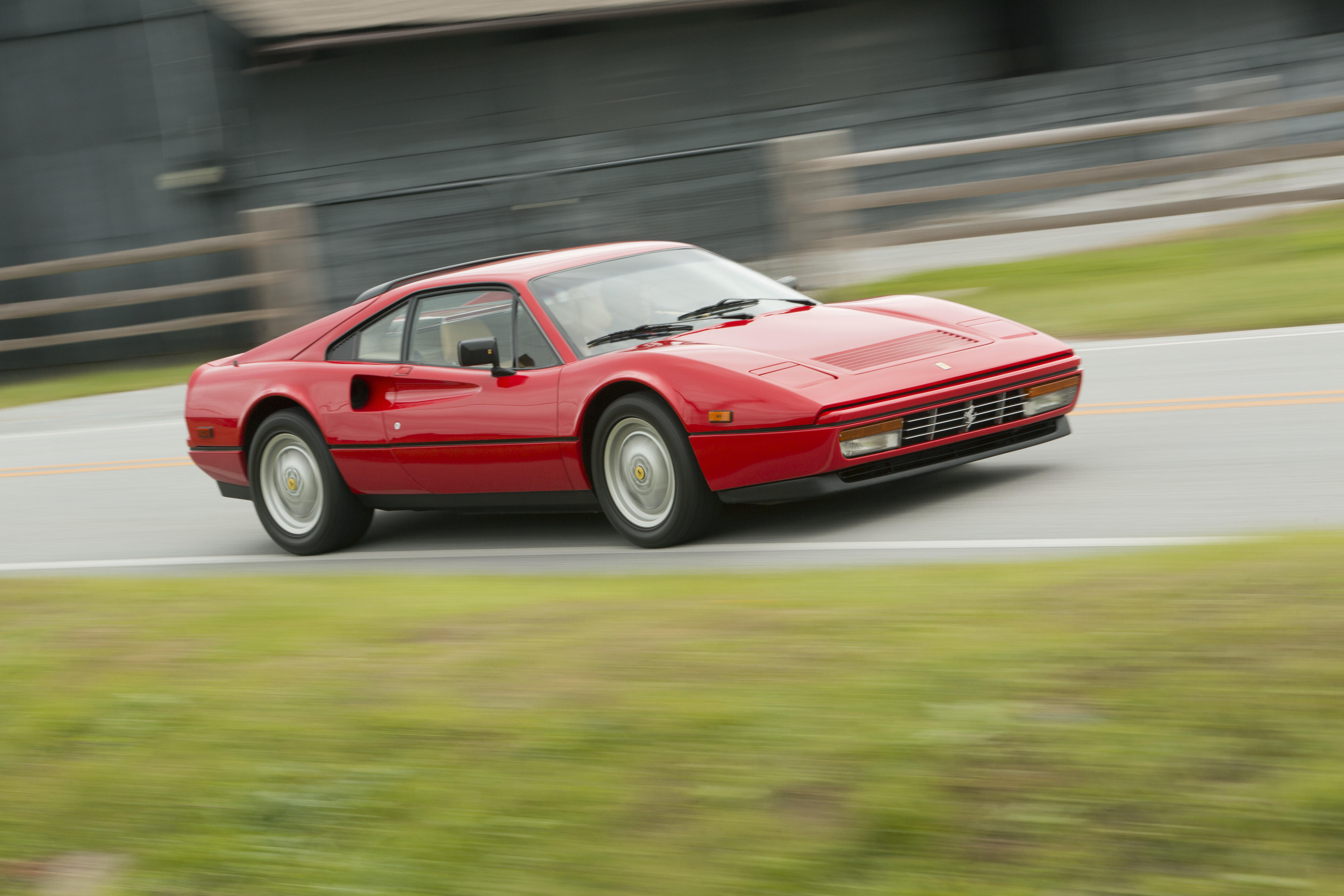
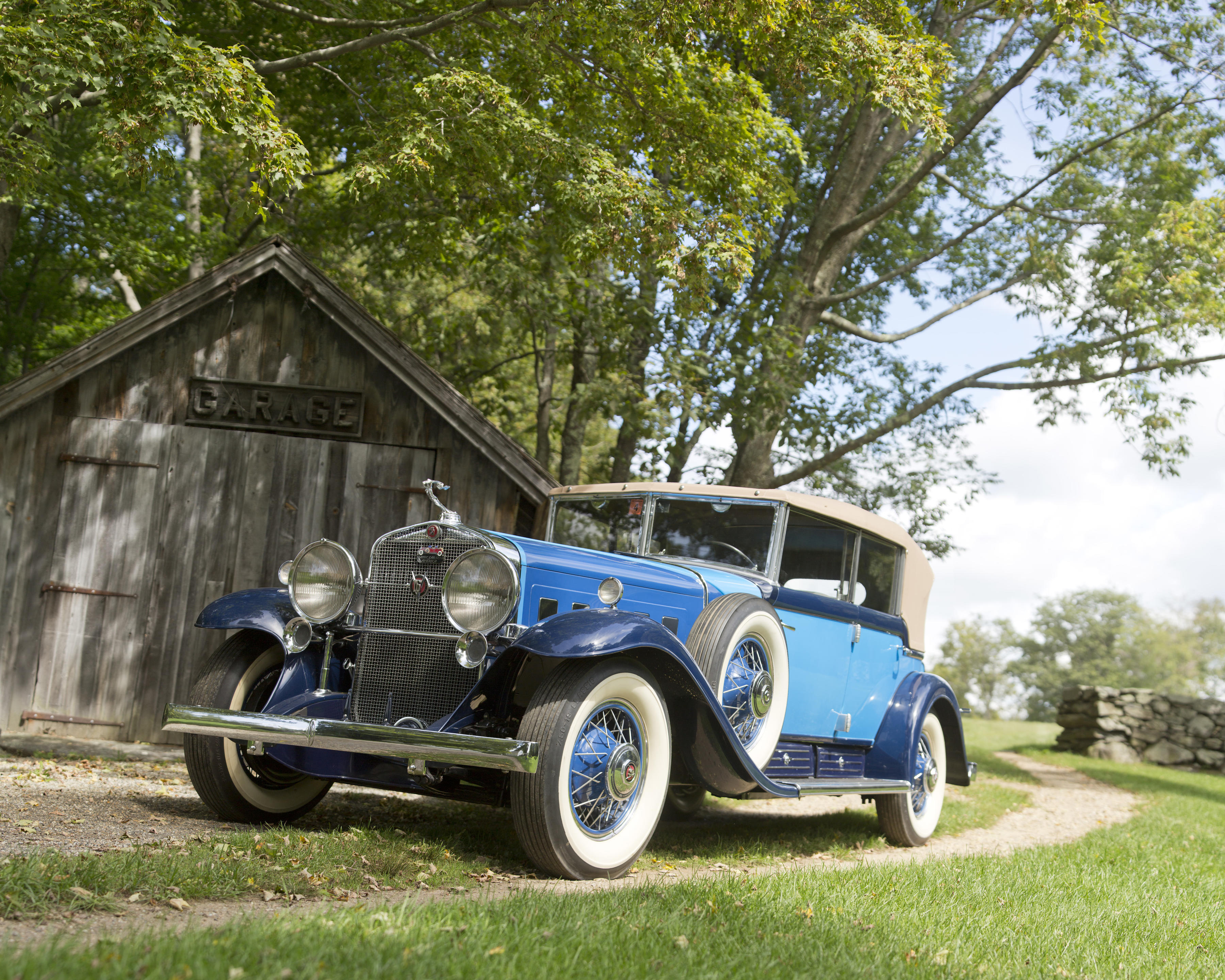
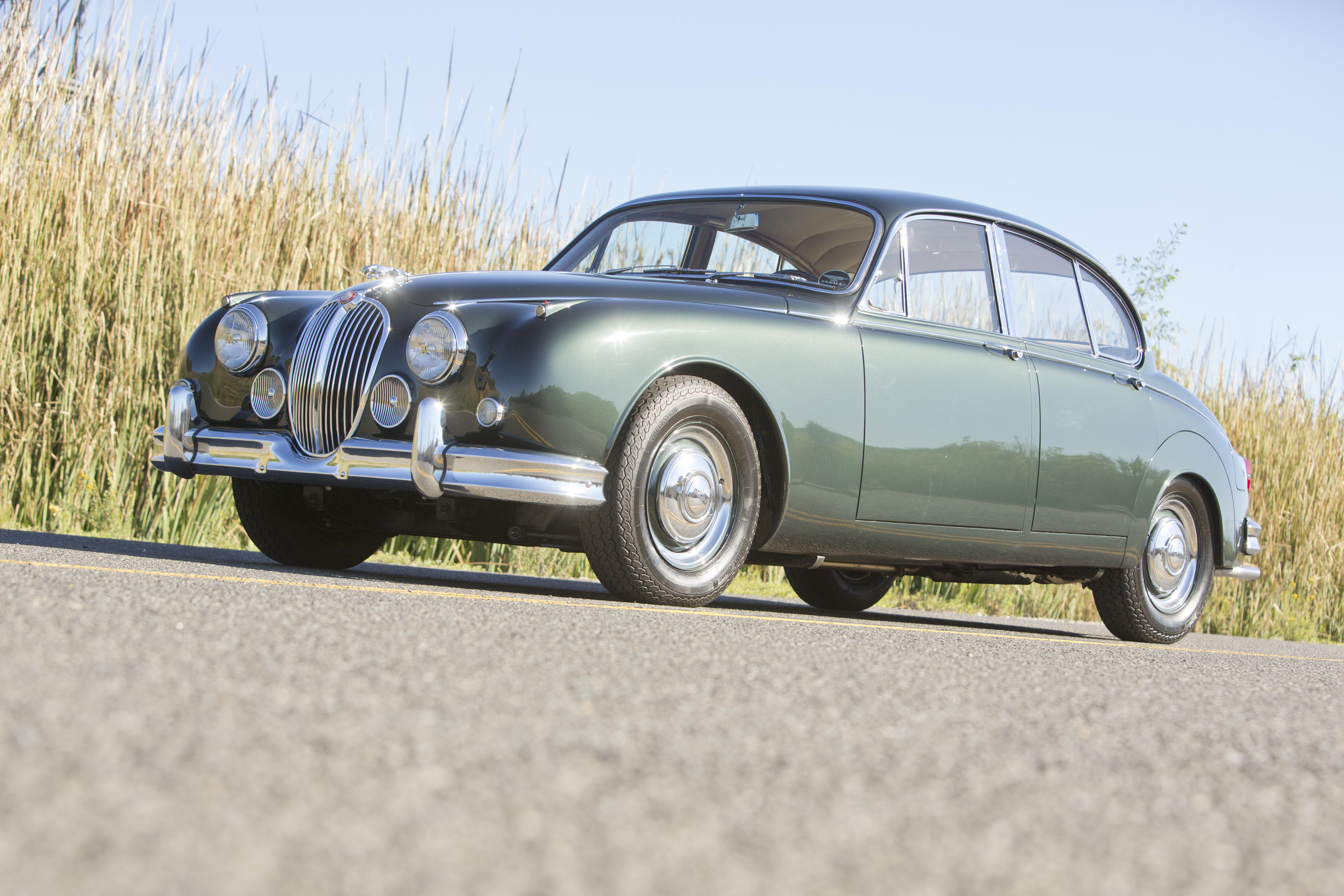
Testen Sie LotSearch und seine Premium-Features 7 Tage - ohne Kosten!
Lassen Sie sich automatisch über neue Objekte in kommenden Auktionen benachrichtigen.
Suchauftrag anlegen